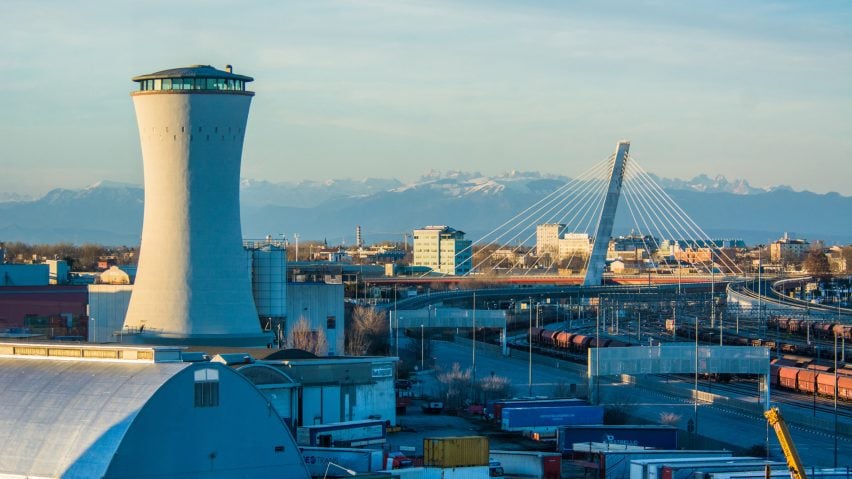
Decommissioned cooling towers turned into theme parks, music venues and extreme sports centres
After the UK's last coal power station closed last week, the Twentieth Century Society has selected seven projects that demonstrate how the under-threat cooling towers at these "cathedrals of industry" could be reused.
Cooling towers were once a major feature of the UK's energy infrastructure. But from a peak of 240 only 45 remain, and plans are underway to demolish all of these.
Architecture charity the Twentieth Century Society has launched a campaign to preserve some of the buildings, arguing that interesting uses can be found for the structures.
"Their enormous scale makes them an obvious attraction"
"You don't have to look too far to find imaginative examples internationally of cooling towers that have been reused," Twentieth Century Society campaigns director Oli Marshall told Dezeen.
"Their enormous scale makes them an obvious attraction for activities that require serious elevation – viewing platforms, extreme sports, amusement rides and the like," he continued.
"Their large surface areas have also been used to dramatic giant effect as a 3D canvas for video mapped projections at music festivals, while the cavernous internal spaces have unique acoustic qualities that lend themselves to experimental sonic and artistic installations."
Around the world, cooling towers have found a huge variety of uses from offices to amusement parks and viewing towers.
"A favourite example is how Pirelli built their new headquarters in Milan around a retained cooling tower, with aerial walkways plugging the meeting rooms within the tower into the surrounding offices," said Marshall.
"Combining heritage with modernity – what a refreshingly bold corporate statement!"
"Enormous and unrecognised affection"
Despite these international examples of reuse, all of the UK's cooling towers look set to be lost.
The Twentieth Century Society believes that there is "unrecognised affection" for the structures, some of which have become landmarks, and wants the government to recognise their significance.
"We believe there's actually an enormous and unrecognised affection for them from the general public, and a growing appetite to retain and reuse some before they all disappear," Marshall explained.
"The main obstacle to reusing them has been that Historic England and the government have so far refused to recognise their architectural merit and historic significance by listing any," he continued.
"But surely a handful of these former cathedrals of industry should be preserved for future generations?"
Read on for seven examples of reused cooling towers, picked by the Twentieth Century Society:
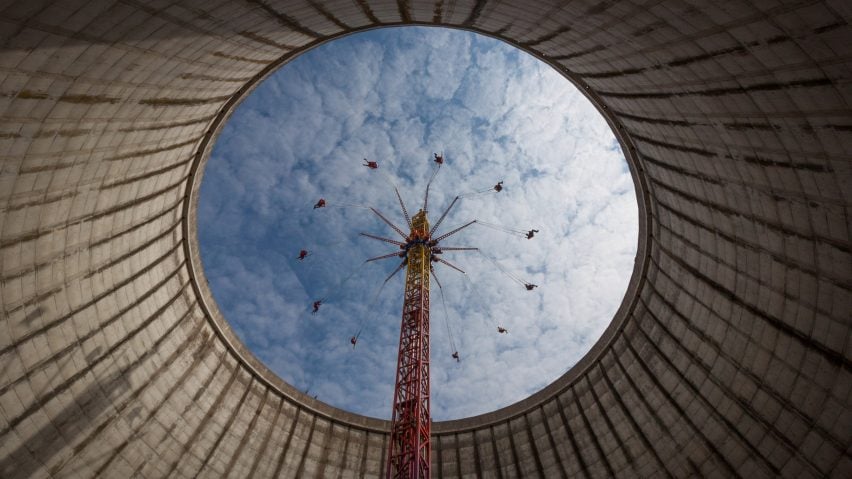
Wunderland Kalkar Amusement Park, Germany
"This 1970s cooling tower at an unfinished nuclear power plant in Germany forms the centrepiece of family theme park Wunderland Kalkar, created by Dutch entrepreneur Hennie van der Most in 1991.
"A climbing wall is affixed to its concave outer surface – painted with a mountain range for added effect – and a telescopic amusement ride emerges theatrically from within the tower."
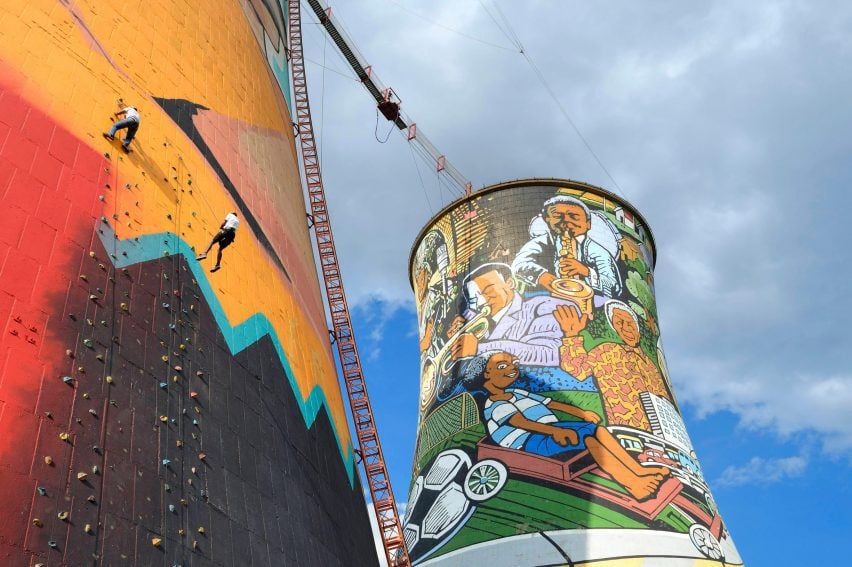
Soweto Towers Extreme Sports Centre, South Africa
"In South Africa's Soweto Township, a pair of 1951 cooling towers from the decommissioned Orland Power Station have been decorated with a giant painted community mural, and now provide a home for businesses that cater to the extreme sports enthusiast.
"A narrow bridge slung between the two towers provides a unique 100-metre bungee jump, while within one of the towers is a free-fall jump into safety netting – reputedly the world's highest."
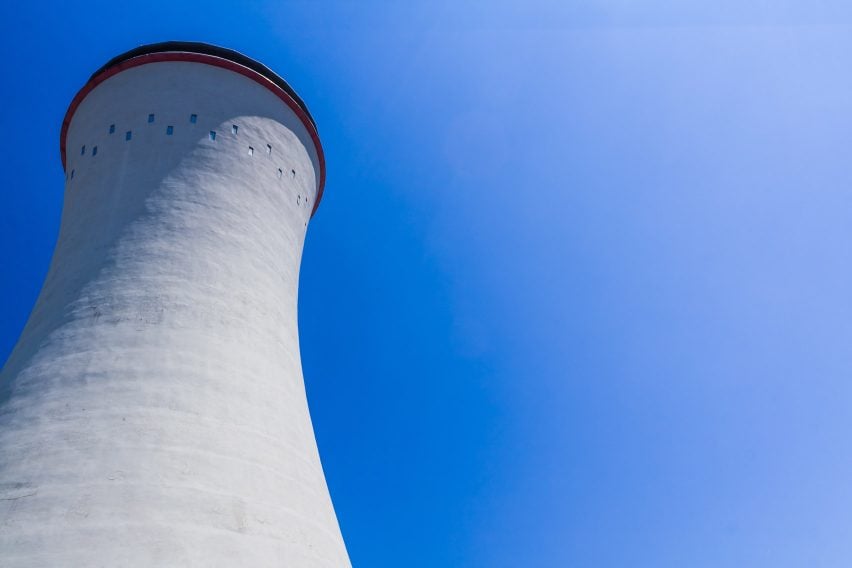
Venezia Heritage Tower, Italy
"In Venice, industrial heritage vies with the architectural masterpieces of the Renaissance, with a 1938 cooling tower believed to be the oldest concrete building at Porta di Venezia.
"In 2009 this was converted into a museum and viewing gallery, offering panoramic views over the lagoon to the fabled 'floating city'."
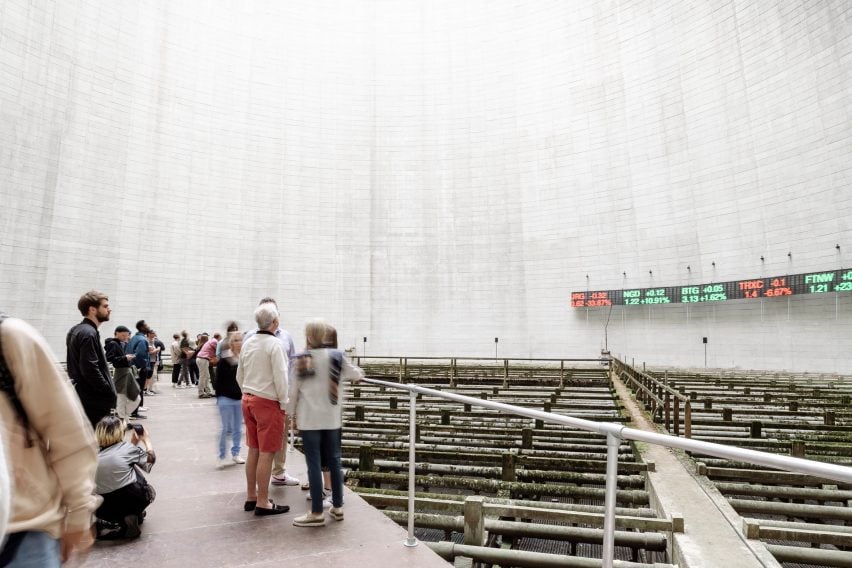
Asiat Art Park, Belgium
"At Vilvoorde on the outskirts of Brussels, an abandoned power station and military base were beset with illegal raves for many years. The entrepreneurial local mayor, initially called to close down a rave, saw the potential for a cultural festival on the site.
"Since 2014 the Horst Festival has staged sonic and artistic installations within the cavernous interior spaces of the cooling towers."
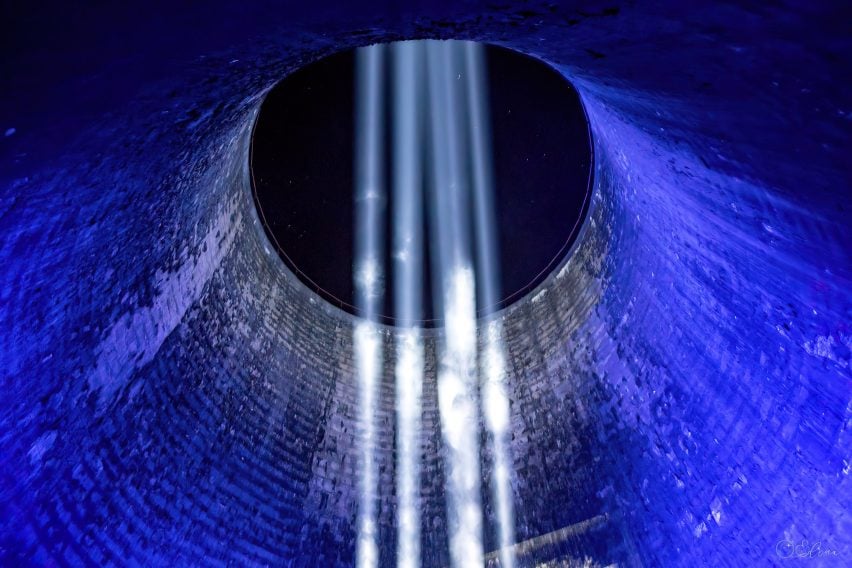
Inota Music Festival site, Hungary
"The semi-derelict site of the 1950s Inota Power Plant near Budapest had already been used as a dystopian filming location for the futuristic sequel Blade Runner 2049.
"In 2023, the Inota Music Festival was launched, with video-mapped projections on the three disused cooling towers providing a suitably sci-fi backdrop to the experimental electronica."
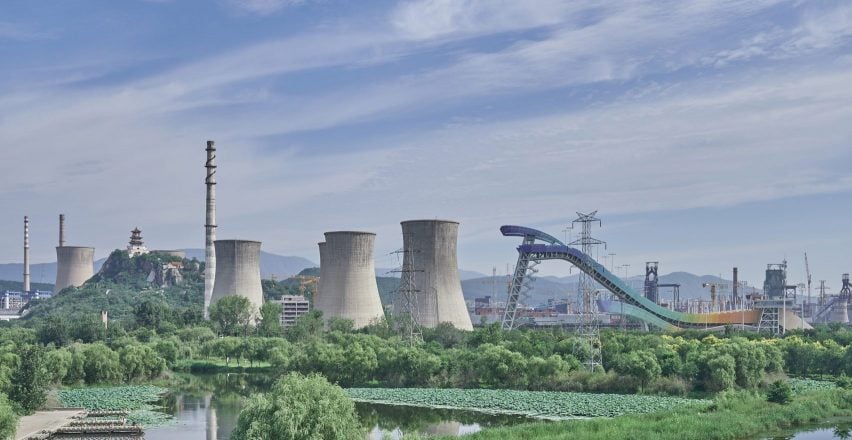
Winter Olympic ski-jump venue, China
"At the former Shougang Mill complex in Beijing, Arup are converting the decommissioned steel plant into an art and tourism park – claimed to be China's first climate-positive project.
"The quartet of cooling towers at Shougang became a viral hit during the 2022 Winter Olympics acting as a striking, if surreal, backdrop to the ski jump competition."
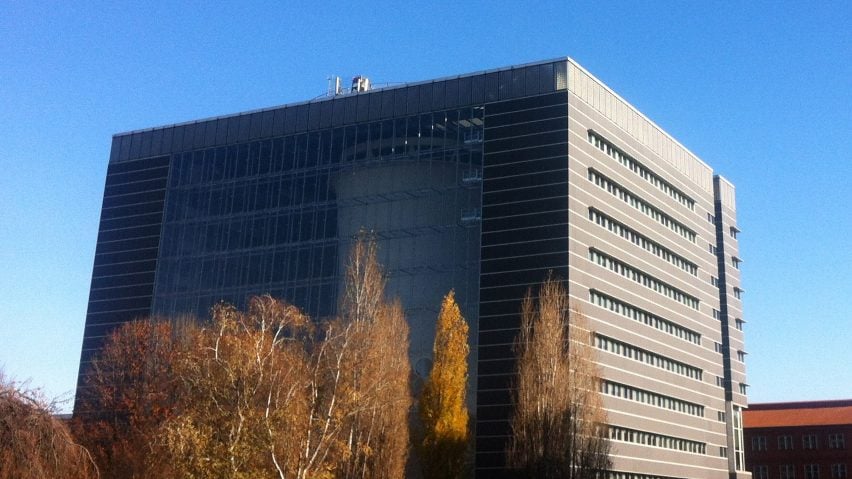
Pirelli Headquarters, Italy
"Designed in 2007 by architect Gregotti Associati, Pirelli's 14,000-square-metre corporate headquarters in the Bicocca district of Milan is built around a retained cooling tower from the industrial district formerly on the site.
"The full-height tower is dramatically enclosed in a glazed central hall, with a new structure inserted within the tower that follows its curving profile and supports four floors of meeting and reception rooms, connected to the external offices by suspended walkways."
The lead image is by Giorgio Boato.